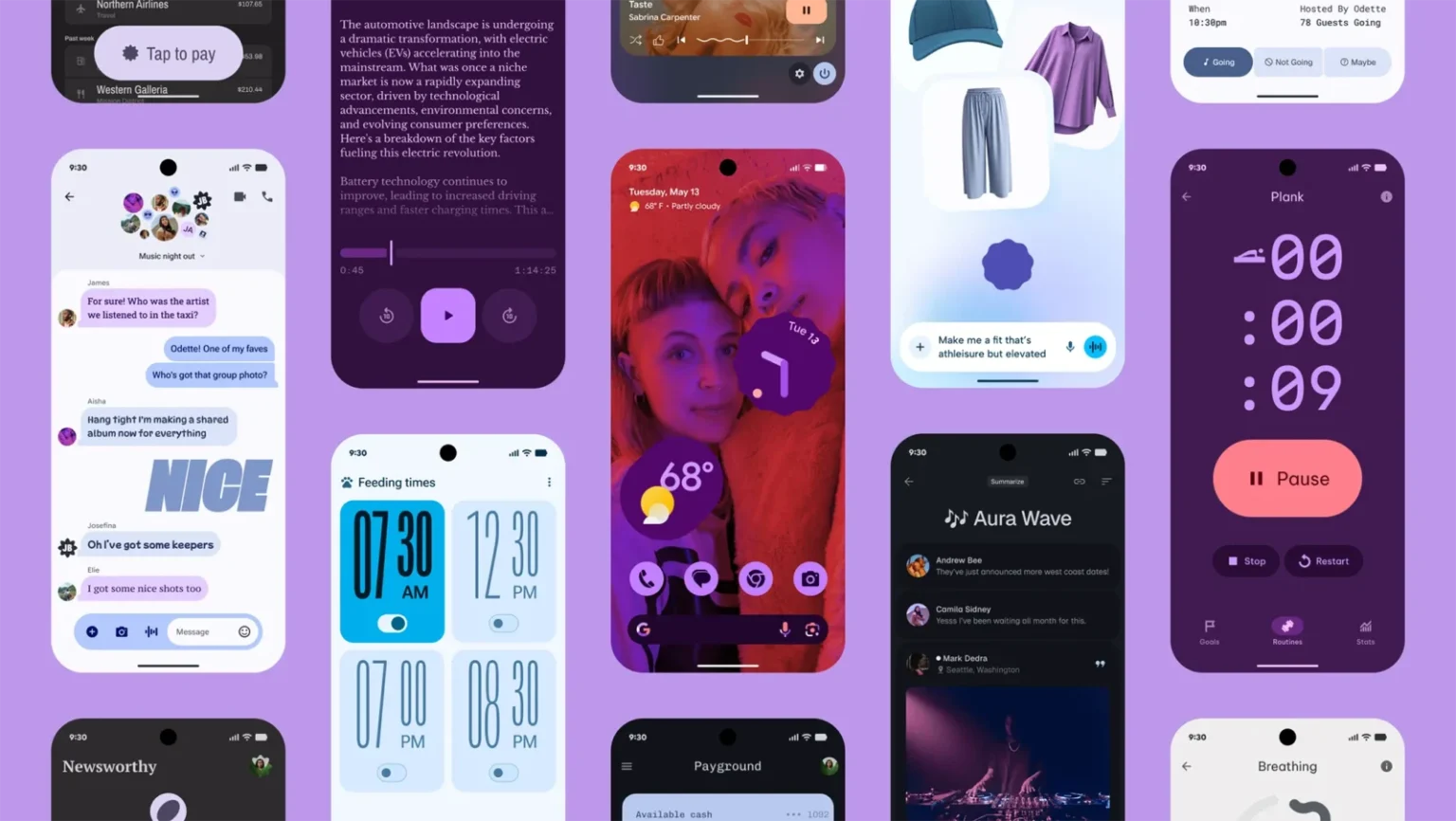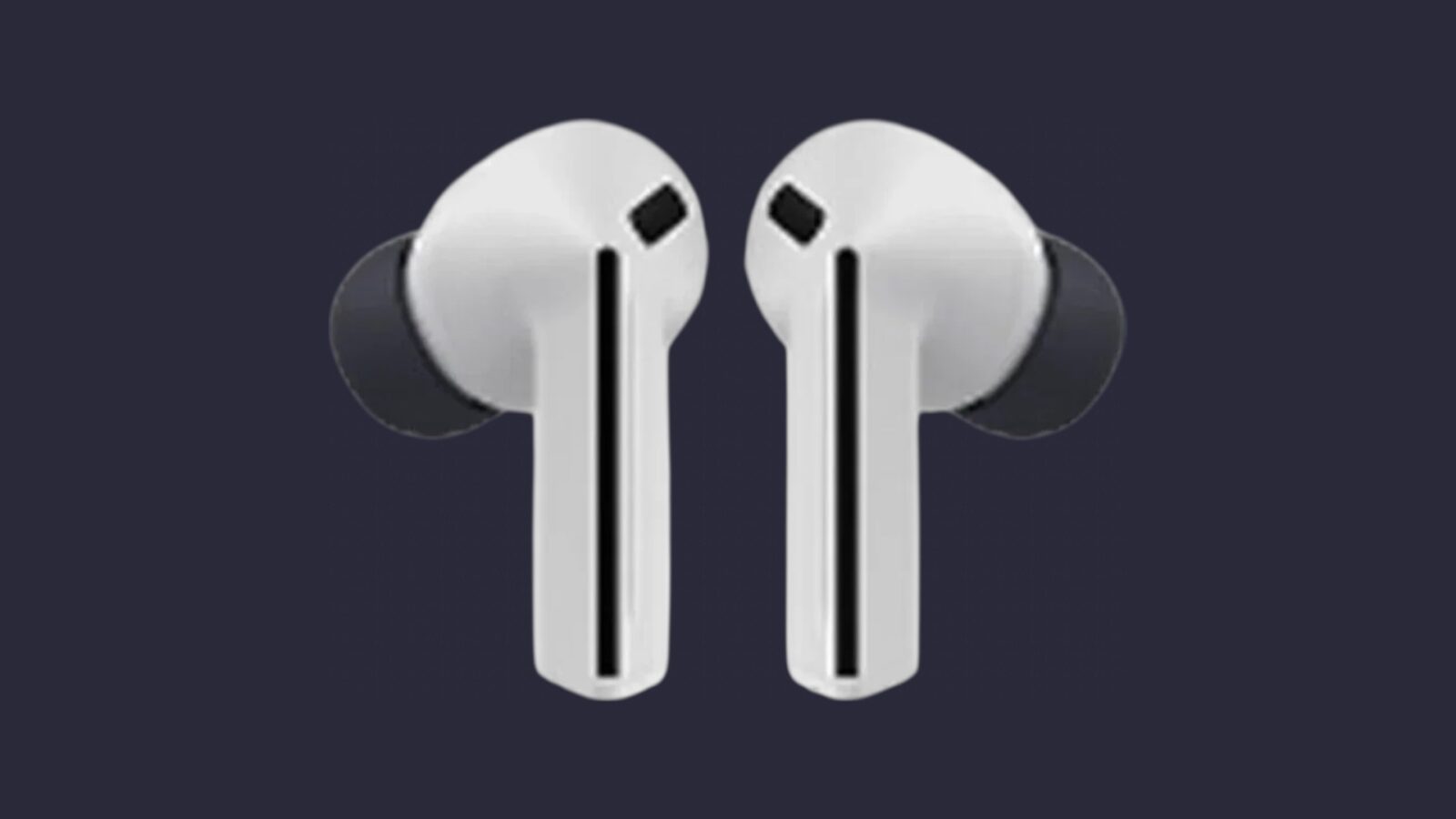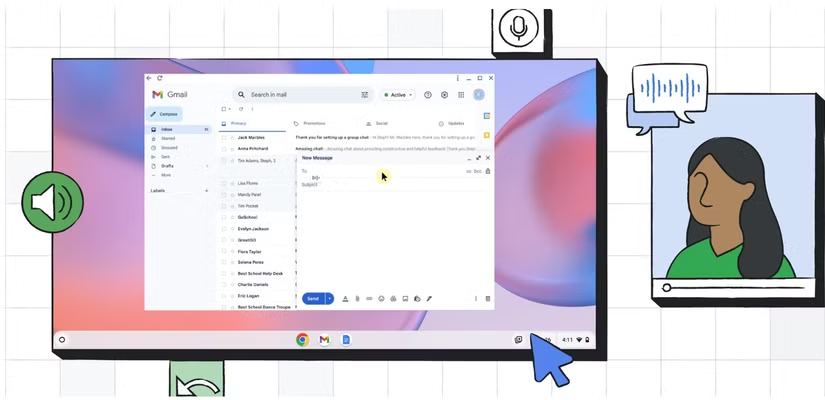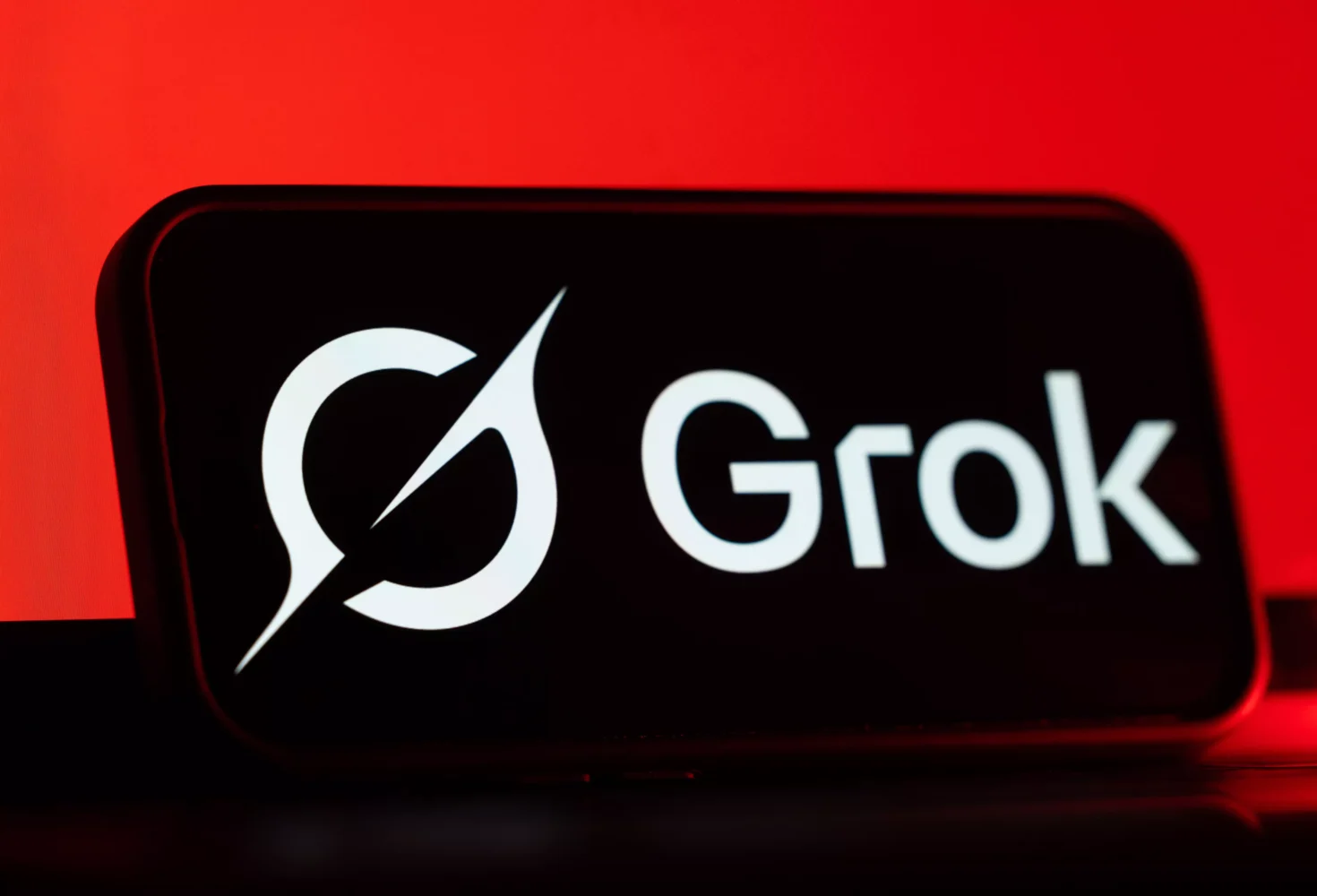Android and Wear OS are receiving a major visual and functional overhaul with the upcoming release of Material 3 Expressive, Google’s latest evolution of its design system. The update, which will be introduced alongside Android 16 and Wear OS 6, emphasizes deeper personalization, smoother interactions, and improved glanceability across phones and smartwatches.
Material 3 Expressive builds on the foundation of Material You, which debuted nearly four years ago to bring a more personalized and color-aware interface to Android. This latest version extends those ideas further, with refined dynamic themes, new animation behaviors, and a focus on tactile feedback. Everyday interactions—like dismissing a notification or navigating the recent apps screen—now include subtle, responsive animations and haptic cues that aim to make the experience feel more intuitive and responsive.
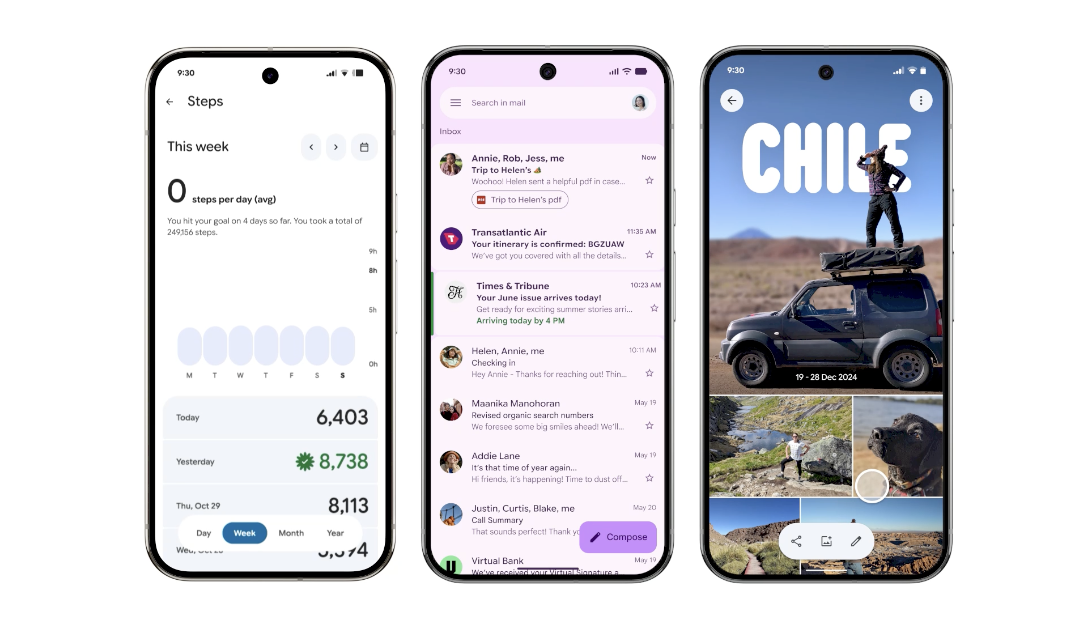
Android’s interface will also see new levels of customization. Users will have greater control over Quick Settings, including the ability to add more shortcut actions like Flashlight or Do Not Disturb. Notifications are being reorganized to surface what’s most important, while a new Live Updates feature will display real-time progress from delivery, rideshare, and navigation apps. This ensures that key updates, such as a food delivery or ride status, stay visible and accessible without requiring users to dive into multiple apps.
Visual tweaks also include updated typography, responsive UI components, and deeper integration of dynamic color theming across apps like Gmail, Google Photos, and Fitbit. These elements aim to create a more cohesive and flexible interface that reflects user preferences while preserving clarity and usability.
On the wearable side, Wear OS 6 brings a tailored version of Material 3 Expressive optimized for round displays. Scrolling and shape-shifting UI elements now align with the watch’s natural curvature, creating a smoother visual flow. Navigation and system animations are refined for the small screen, while buttons and Tiles have been redesigned to maximize both usability and space.
The new glanceable buttons adapt to the watch’s shape and are easier to interact with. Tiles—those swipeable cards offering quick access to key features—are now more dynamic and personalized, whether you’re starting a workout or messaging a frequent contact. The watch UI also adopts color theming, with system-wide changes that match the user’s chosen watch face.
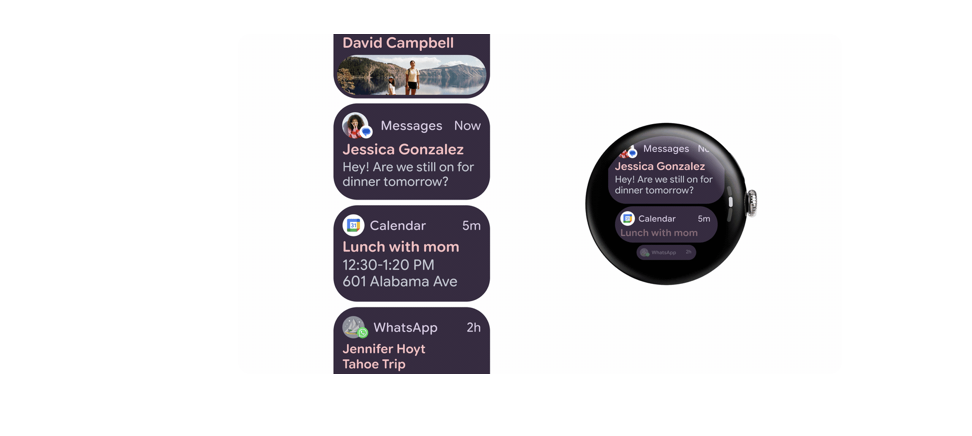
Beyond aesthetics, Google says Wear OS 6 will deliver practical gains, with performance improvements and up to 10% better battery life on supported devices. These updates will first roll out to Pixel phones and watches later this year, with broader availability depending on manufacturer support.
Together, these changes suggest Google is working to make Android and Wear OS more responsive to individual users, not just in looks, but in how they surface information, handle interactions, and adapt across form factors. Whether these updates make daily device use meaningfully better will depend on execution—but the effort to bring more fluidity and personalization to both screens is clear.

